The Right Way To Peel Birch Bark - Sustainable Harvesting Tips And Techniques
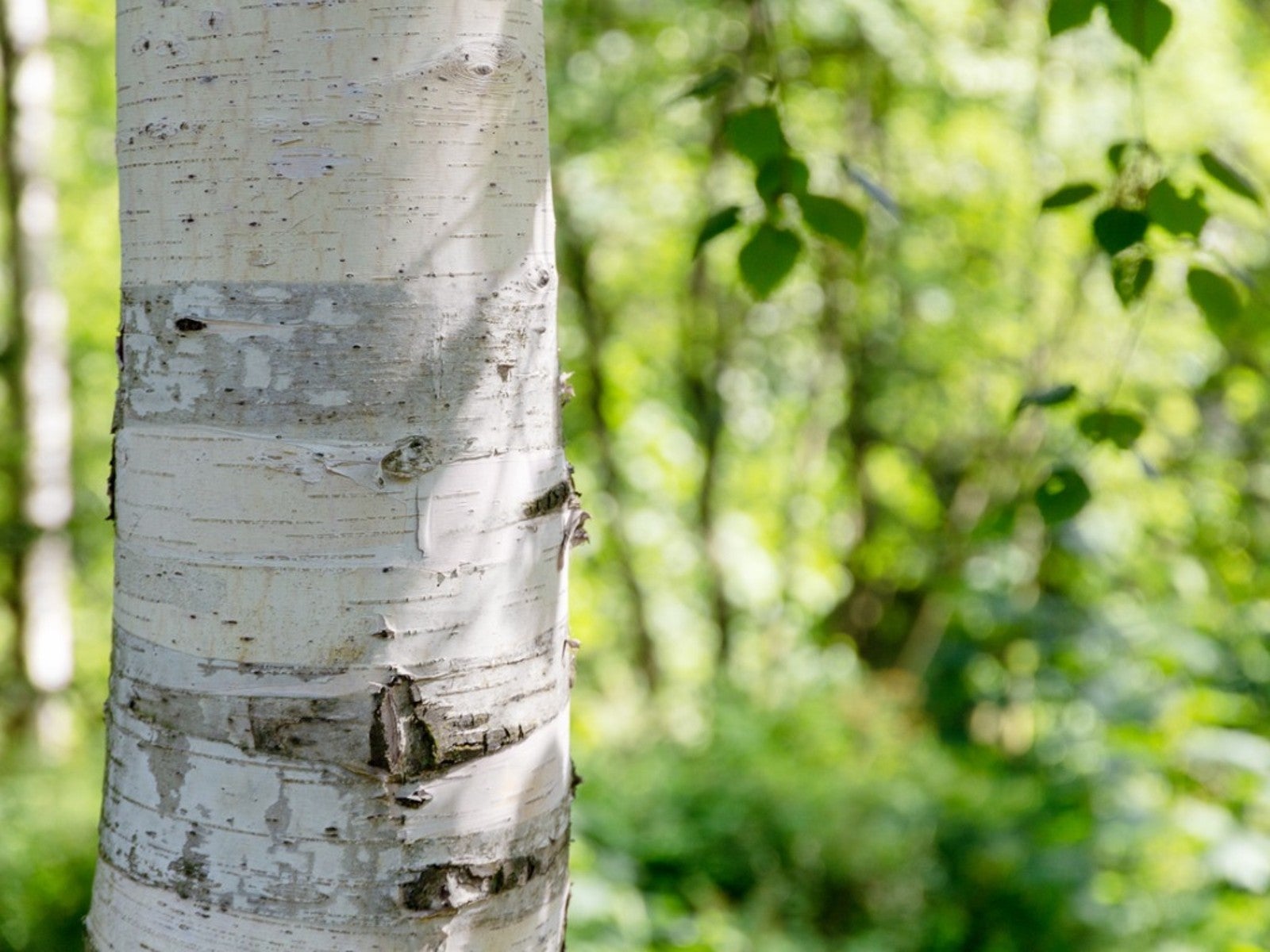

The use of paper birch bark is richly steeped in history. Paper birch was especially useful in the construction of shelters, canoes, baskets, and many other daily necessities. Some native tribes also considered its potential medicinal value. Learning more about paper birch bark can help gardeners and crafters to better understand the tree’s significance, as well as help to ensure that birch plantings within the home landscape are kept thriving.
When to Harvest Paper Birch Bark?
Paper birch trees can be identified by their bright, white bark. Each spring, much of this bark begins to peel back and pull away from the tree. Bark may be collected at other times throughout the year too, but may require additional treatment before its use in crafting.
Is It Bad to Peel Birch Bark?
Understanding the best way to peel birch bark is vital to ensuring the continued health of the tree. The best way to peel birch bark requires careful consideration of details, such as the age of the tree, growing conditions, and its overall health. These factors all impact the thickness and usability of the bark. Many sources suggest collecting only the bark that has already been shed. Since paper birch bark is quite robust, even that which has naturally peeled is often of exceptional quality.
Though paper birch bark can be harvested from live trees, it may be collected from fallen or dead trees, as well. This is more ideal for those concerned about harming live specimens. Since the bark layer of paper birch trees is relatively thin, when you harvest paper birch bark you should make certain to avoid cutting it too deeply. Doing so may cause great damage to the trees, potentially inhibiting the flow of water and nutrients. Most experts agree that bark should easily slip from the tree by creating a short vertical slit.
When peeling birch bark, crafters should make certain not to remove too much from one tree, as this may also cause extensive damage. After harvest, paper birch trees may take up to ten years to completely recover from the peeling process. For this reason, it is widely suggested to learn this task from an experienced professional before attempting it yourself.
Depending on where you live, there may be laws and/or restrictions regarding the harvest and collection of paper birch bark. For some, permits may be necessary. Always make certain to consult local agriculture extension agents regarding potential regulations.
Gardening tips, videos, info and more delivered right to your inbox!
Sign up for the Gardening Know How newsletter today and receive a free copy of our e-book "How to Grow Delicious Tomatoes".

Tonya Barnett has been gardening for 13 years. Flowers are her passion. She has transformed her backyard into a cut flower garden, which she regularly chronicles on her YouTube channel http://www.youtube.com/@tonyawiththeflowers.
-
 12 Lush Alternatives To A Lawn For Sustainable Spaces
12 Lush Alternatives To A Lawn For Sustainable SpacesAlternatives to a lawn are beautiful and also beneficial to your local ecosystem and its pollinators. Explore our top picks for plants to replace grass.
By Tonya Barnett
-
 Types Of Tomatoes Explained: Explore The Many Wonderful Shapes, Colors, Flavors, & Best Uses
Types Of Tomatoes Explained: Explore The Many Wonderful Shapes, Colors, Flavors, & Best UsesThe world of tomato varieties is vast and fascinating. Learn about the key types to grow in your garden, tailored to your preferences and space.
By Amy Grant
-
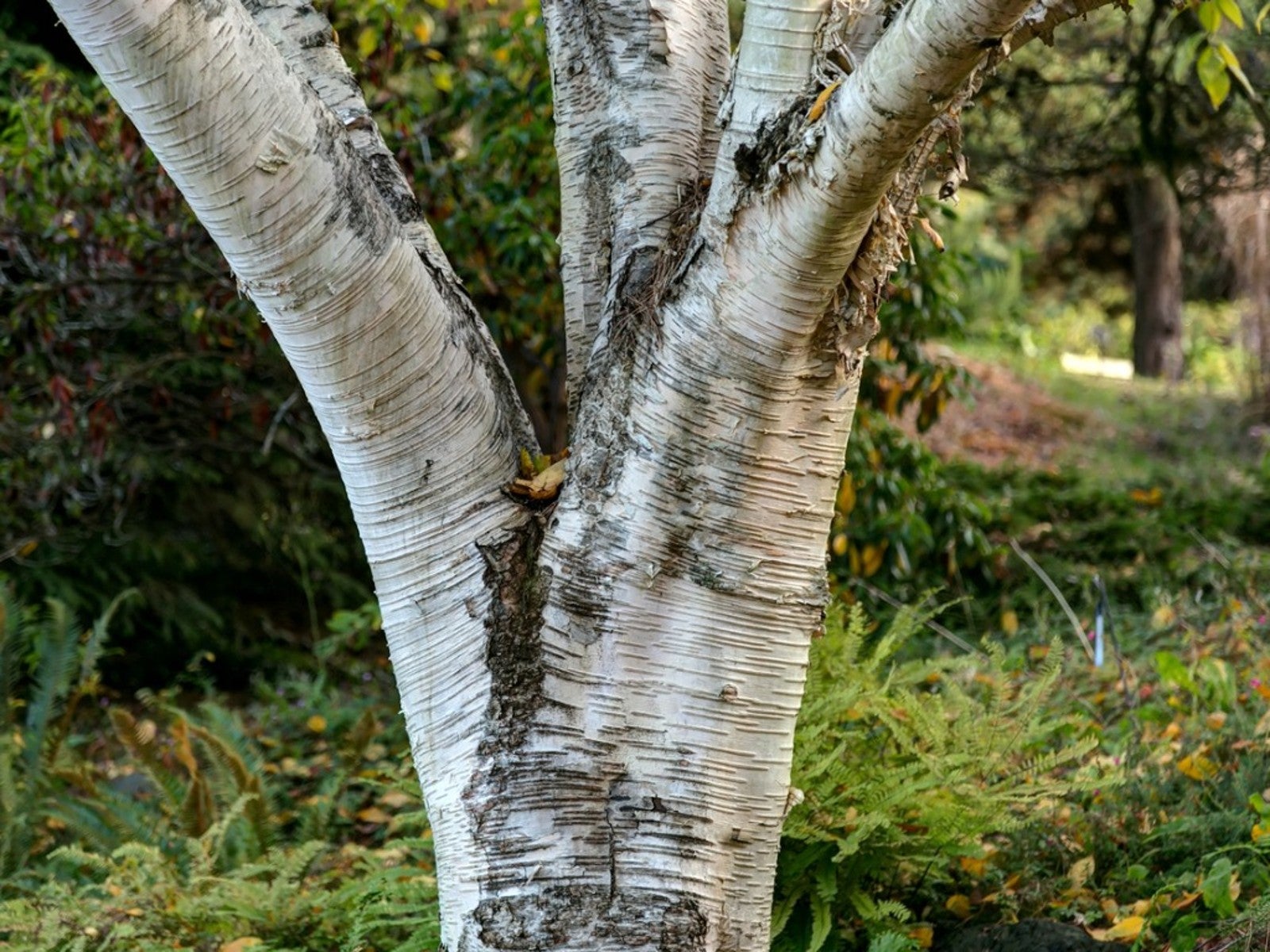 How To Grow A Himalayan Birch Tree
How To Grow A Himalayan Birch TreeBeautiful white barked Himalayan birch trees need a cool northern climate and prefer a winter blanket of snow. Learn more about them.
By Teo Spengler
-
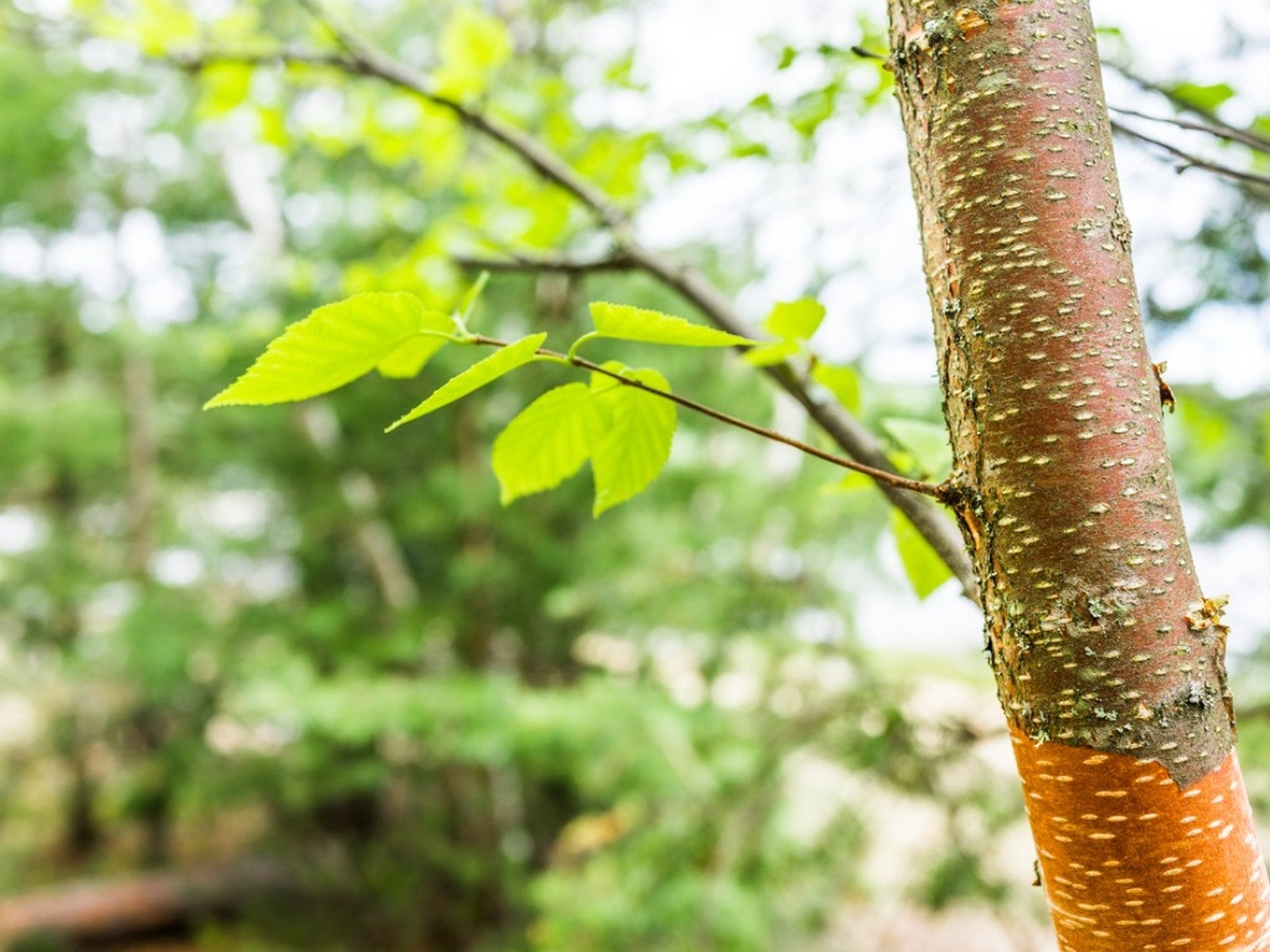 Water Birch Tree Care And Characteristics
Water Birch Tree Care And CharacteristicsEven if you aren’t familiar with water birch, you may guess that it tolerates wet soil. But there’s much more to know.
By Teo Spengler
-
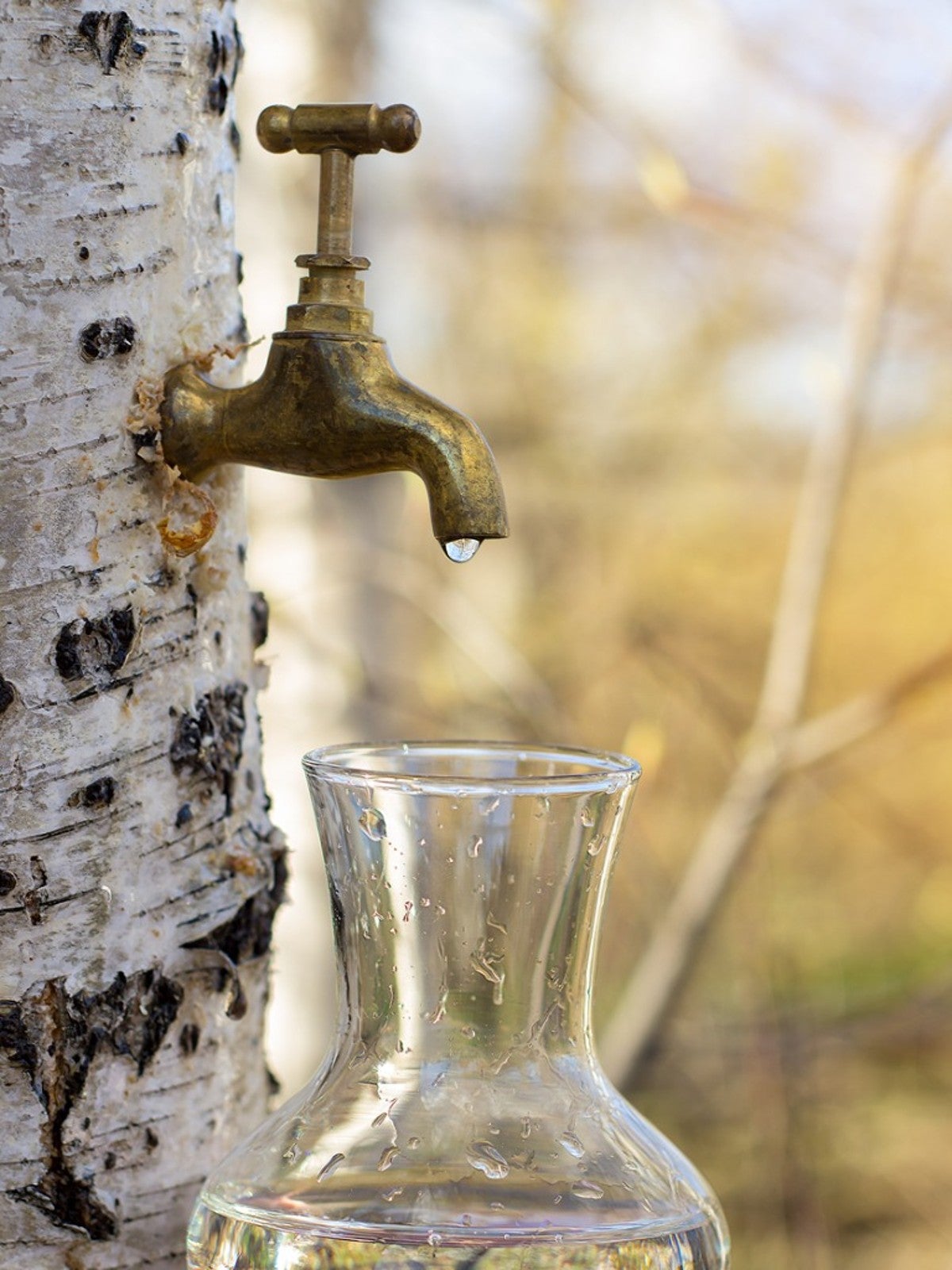 How To Tap Birch Trees: Birch Syrup And Other Uses For Birch Sap
How To Tap Birch Trees: Birch Syrup And Other Uses For Birch SapDid you know you can make birch syrup? Read on to learn about birch sap harvest for syrup and other birch sap uses.
By Teo Spengler
-
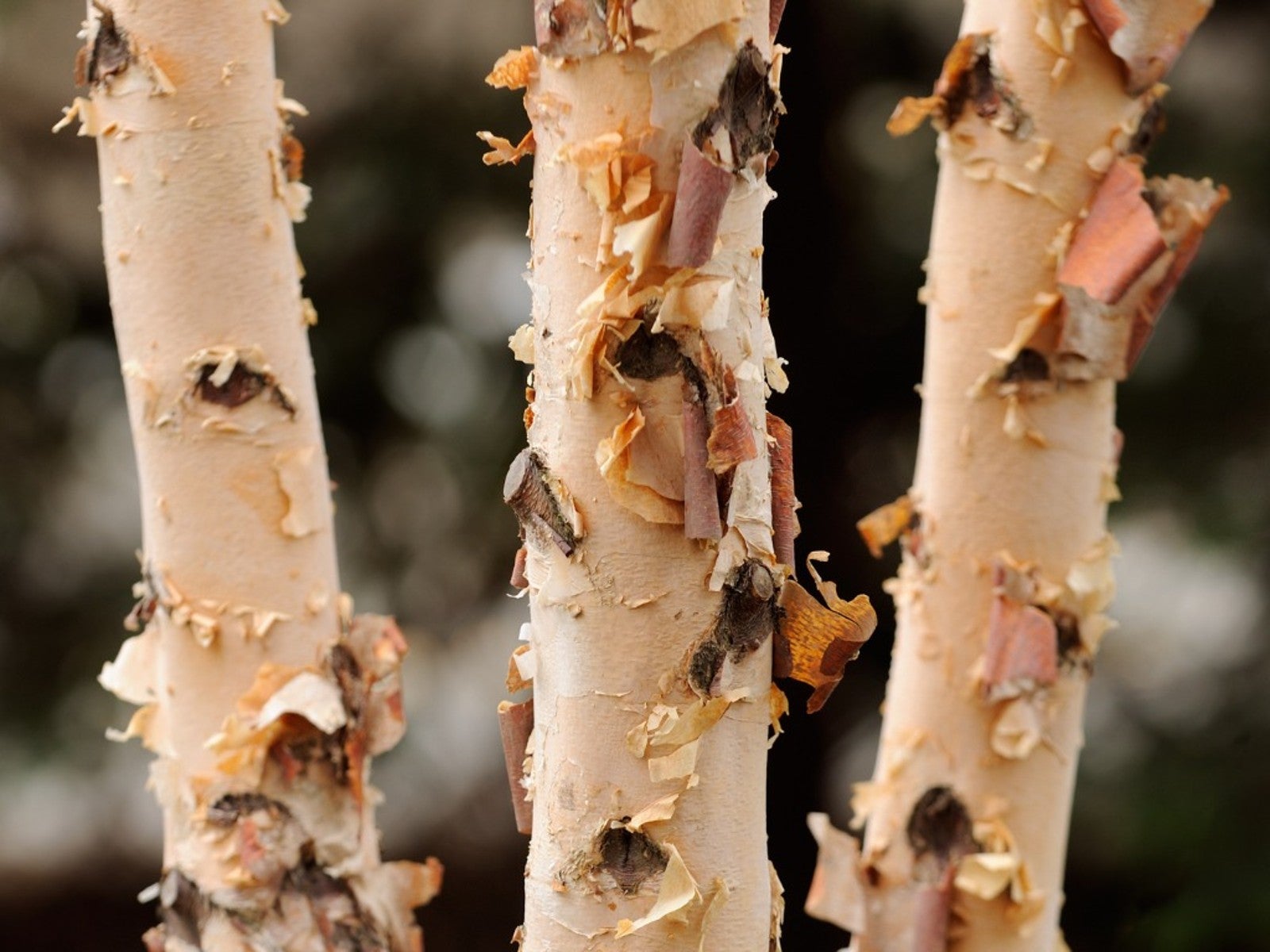 11 Types Of Birch Trees: Choosing A Birch Variety For Your Backyard
11 Types Of Birch Trees: Choosing A Birch Variety For Your BackyardSlender and graceful, birch trees are admired by many gardeners. If you are wondering about the different varieties of birch trees, read on.
By Teo Spengler
-
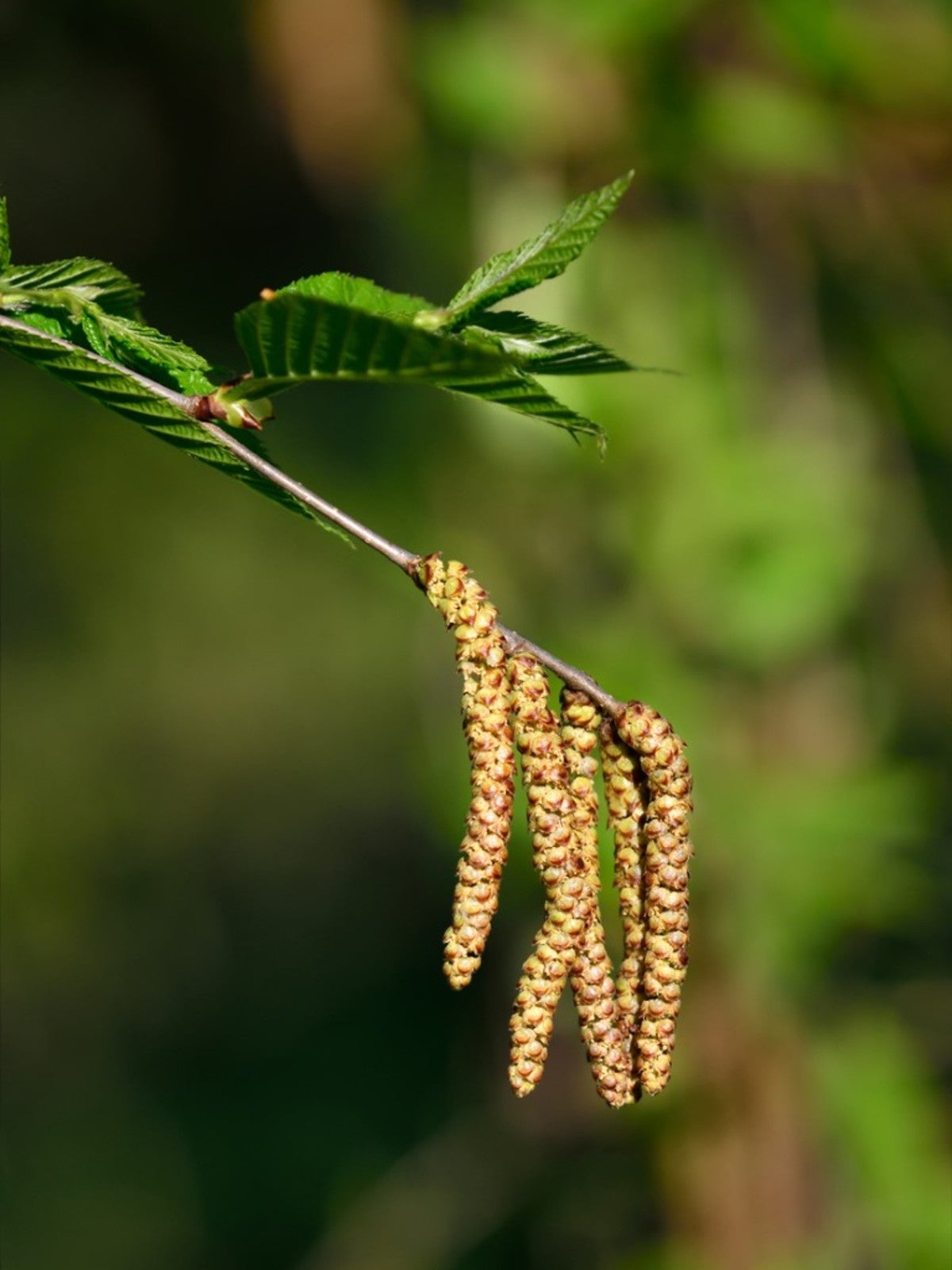 What Is A Sweet Birch – Learn About Sweet Birch Trees
What Is A Sweet Birch – Learn About Sweet Birch TreesIf you’d like to learn more about sweet birch trees, read on. We’ll give you sweet birch tree facts as well as growing information.
By Teo Spengler
-
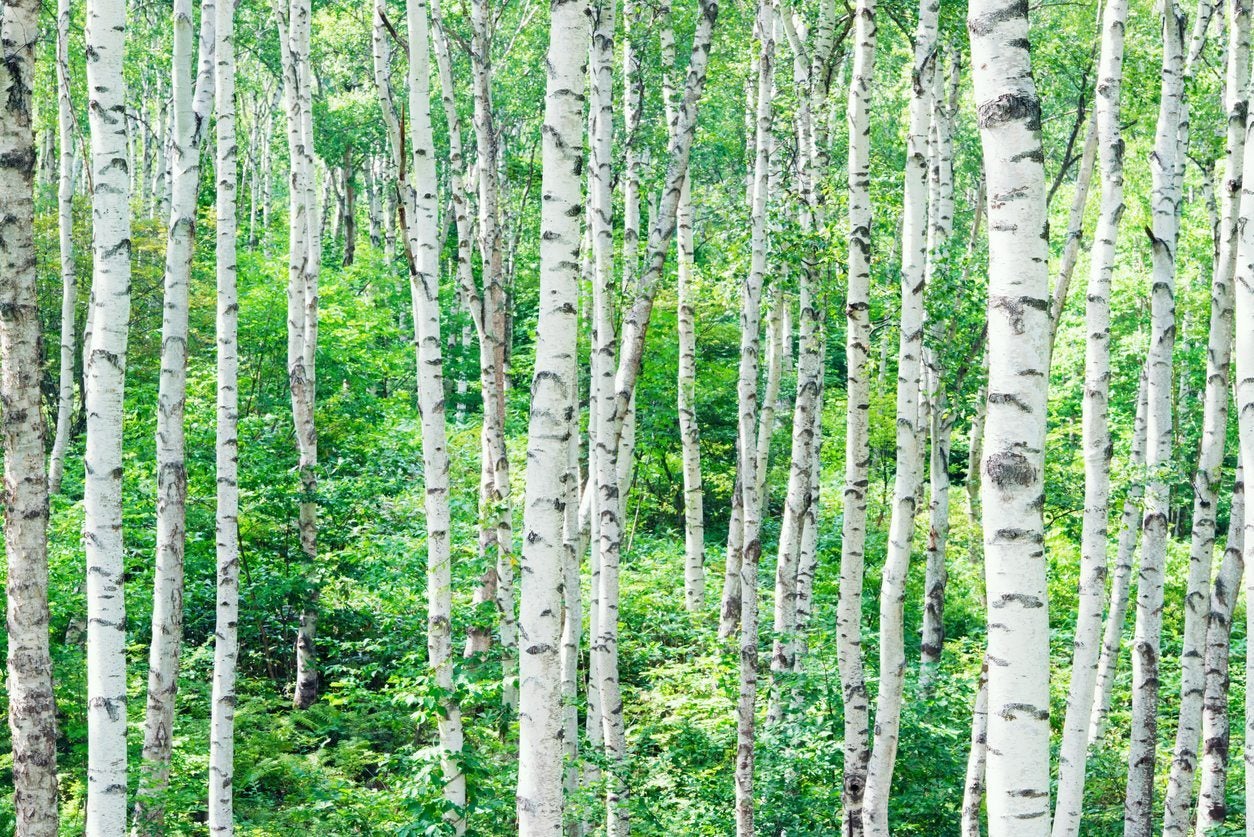 Birch Tree Lifespan: How Long Do Birch Trees Live
Birch Tree Lifespan: How Long Do Birch Trees LiveHow long do birch trees live? The birch tree lifespan depends upon where the tree is growing. For more information about factors that affect the life of a birch tree, click on the article that follows to learn more.
By Teo Spengler
-
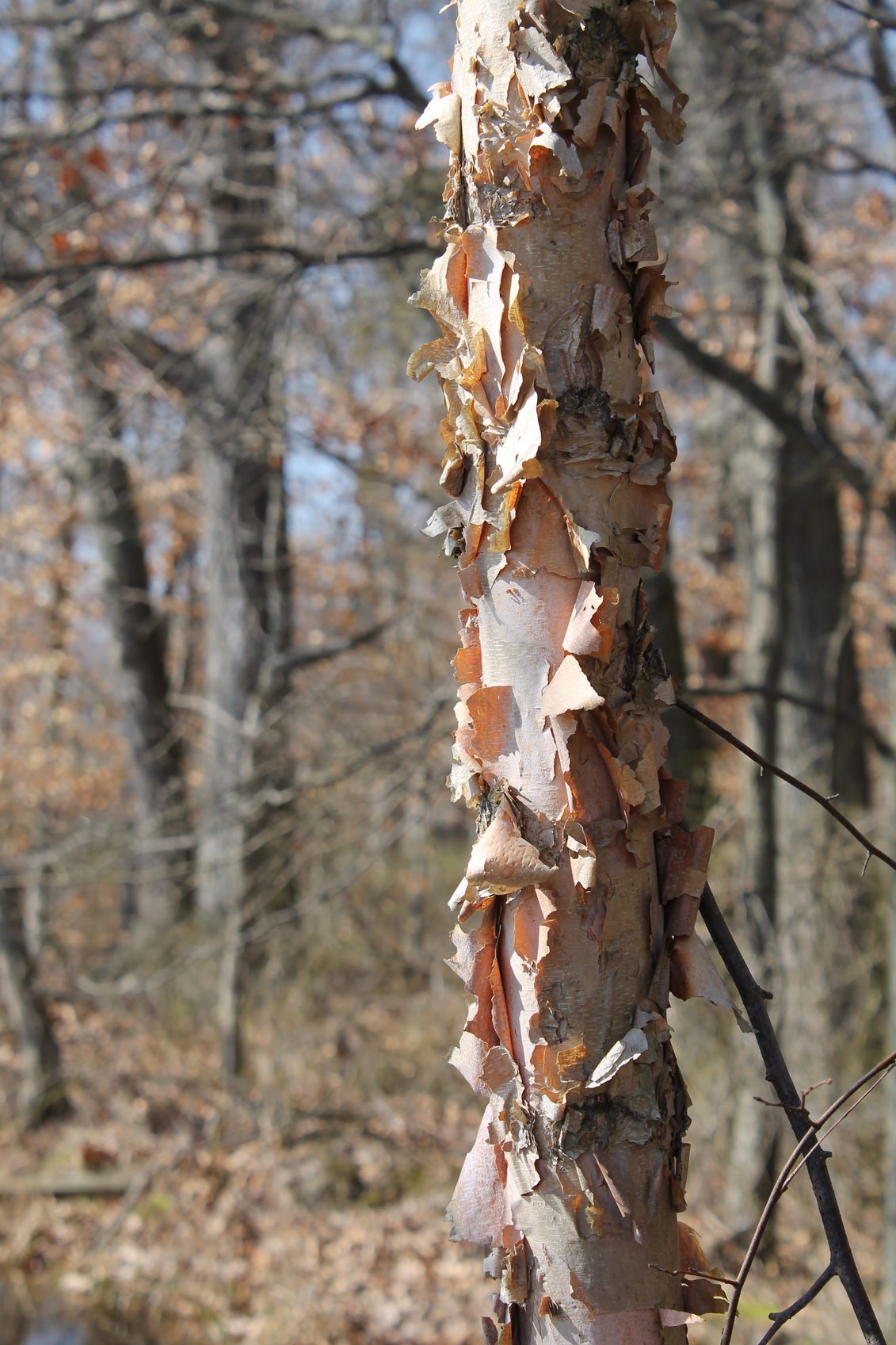 Planting A River Birch Tree: Tips On River Birch Tree Growing
Planting A River Birch Tree: Tips On River Birch Tree GrowingThe river birch is a popular tree for river banks and wet parts of the garden. Its attractive bark is especially striking in the winter when the rest of the tree is bare. Learn more river birch tree facts and how to use them in the landscape of your home right here.
By Liz Baessler
-
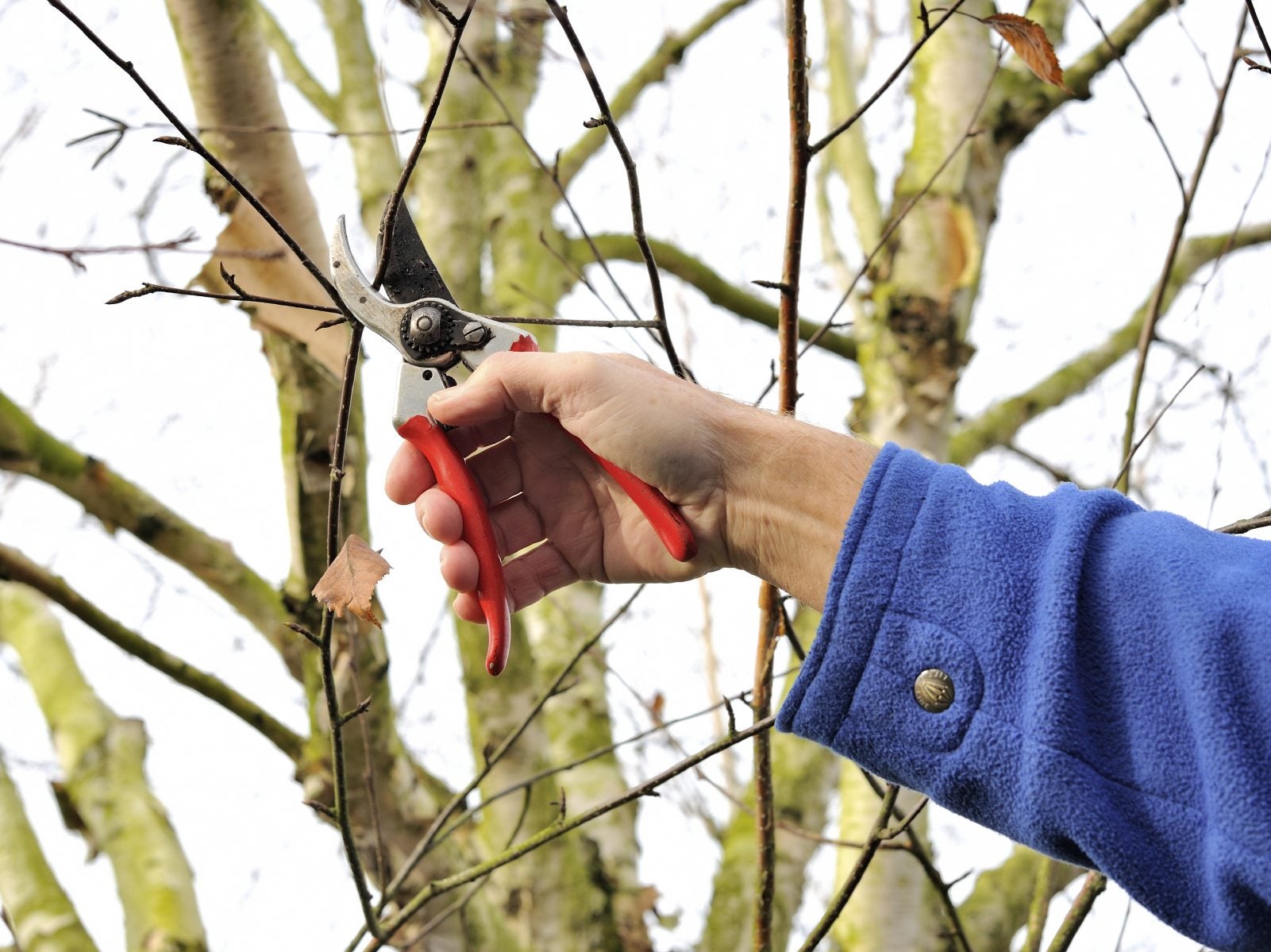 Cutting Back Birch Trees: How And When To Prune Birch Trees
Cutting Back Birch Trees: How And When To Prune Birch TreesBirch trees are highly desirable landscape trees because of their beautiful bark and graceful foliage. Unfortunately, they aren't known for their long lifespan. You can improve their chances by pruning birch trees properly, and this article will help.
By Jackie Carroll